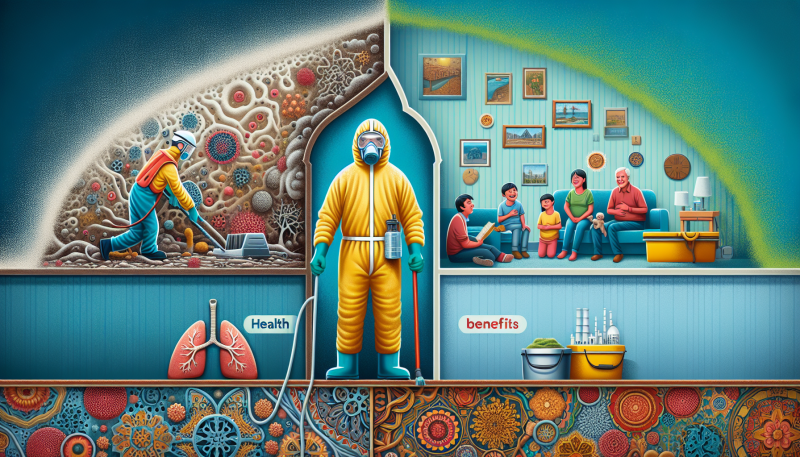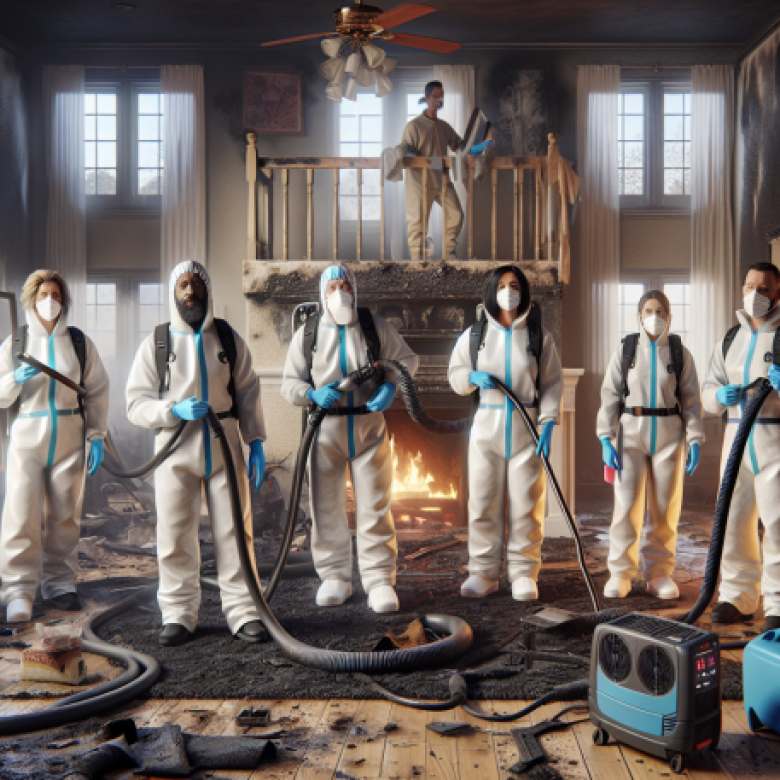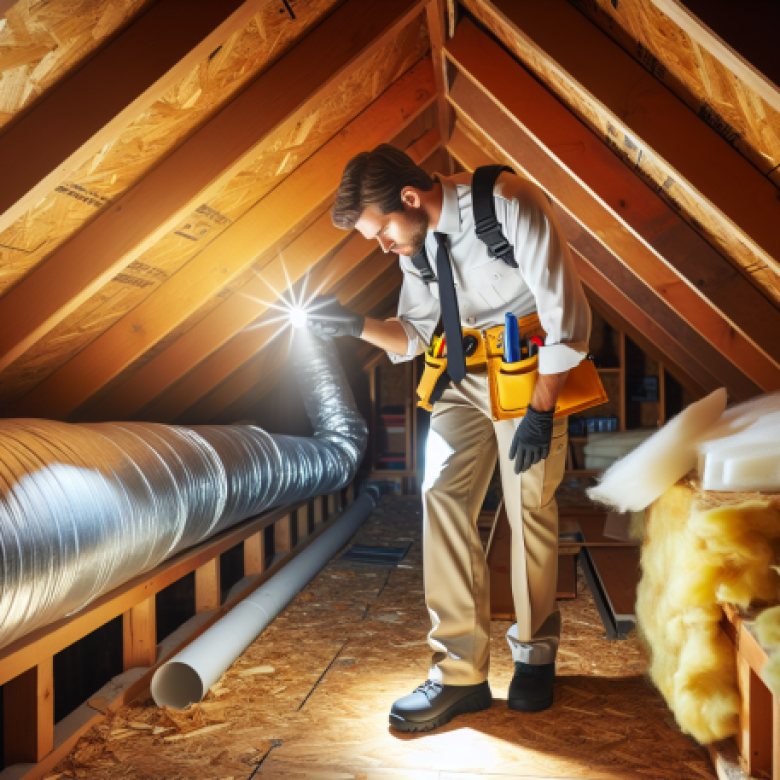Mold Remediation: Health Benefits
Mold growth in your home or business can pose serious health risks, making mold remediation an essential service for maintaining a safe and healthy environment. At Projekt Property Restoration, we specialize in commercial and residential property restoration, including comprehensive mold assessment and remediation services. With over 16 years of experience, our fully licensed and insured team is dedicated to providing top-quality service to our clients. Located at 20533 Biscayne Blvd Suite #1231, Aventura, FL 33180, we are available 24/7 to address your property restoration needs. You can reach us at 1-855-933-7935 or via email at Claims@ProjektFL.com.
Mold remediation not only helps in restoring the aesthetic appeal of your property but also significantly improves indoor air quality, reducing the risk of respiratory issues and allergies. Our expert team uses state-of-the-art equipment to effectively eliminate mold and prevent future growth, ensuring your property is safe for occupancy. By choosing Projekt Property Restoration, you benefit from our commitment to low pricing and high-quality service, making mold remediation an affordable and effective solution for your property. Contact us today to learn more about how our mold remediation services can enhance your health and well-being.
Understanding the Health Risks of Mold Exposure
Mold exposure is a significant health concern that can affect individuals in various ways, depending on the type of mold, the extent of exposure, and the individual’s sensitivity. Mold spores are ubiquitous in the environment and can easily enter homes and buildings through windows, doors, and HVAC systems. Once inside, they can grow on virtually any surface that provides moisture and organic material, such as wood, drywall, and carpeting. Understanding the health risks associated with mold exposure is crucial for taking appropriate remediation measures and safeguarding your health.
Mold exposure can lead to a range of health issues, from mild allergic reactions to severe respiratory problems. According to the Centers for Disease Control and Prevention (CDC), common symptoms of mold exposure include nasal stuffiness, throat irritation, coughing or wheezing, eye irritation, and skin irritation. Individuals with mold allergies may experience more severe reactions, such as shortness of breath, and those with chronic lung illnesses, such as obstructive lung disease, may develop mold infections in their lungs.
The World Health Organization (WHO) has highlighted that indoor dampness and mold are associated with an increased risk of respiratory infections and exacerbation of asthma. Studies have shown that children exposed to mold in their homes are more likely to develop asthma, a chronic condition that affects the airways and can cause wheezing, breathlessness, chest tightness, and coughing. In fact, a study published in the journal Environmental Health Perspectives found that children living in homes with visible mold were 2.2 times more likely to develop asthma by the age of 7.
Moreover, certain types of mold, such as Stachybotrys chartarum, commonly known as black mold, produce mycotoxins that can pose serious health risks. Mycotoxins are toxic compounds that can cause a range of adverse health effects, including neurological problems and immunosuppression. Prolonged exposure to mycotoxins has been linked to chronic fatigue, headaches, memory loss, and even depression.
Individuals with weakened immune systems, such as those undergoing chemotherapy, organ transplant recipients, and people with HIV/AIDS, are particularly vulnerable to mold-related health issues. For these individuals, mold exposure can lead to severe infections and complications. The American Industrial Hygiene Association (AIHA) emphasizes the importance of prompt and effective mold remediation to protect the health of immunocompromised individuals.
To mitigate the health risks associated with mold exposure, it is essential to address the underlying causes of mold growth, such as water leaks, high humidity, and poor ventilation. Professional mold remediation services can help identify and eliminate mold sources, ensuring a safe and healthy indoor environment. For instance, Cooper City mold removal and Davie mold removal services offer comprehensive solutions to detect, remove, and prevent mold growth in homes and buildings.
In addition to professional remediation, homeowners can take preventive measures to reduce the risk of mold exposure. These measures include using dehumidifiers to maintain indoor humidity levels below 60%, fixing leaks promptly, ensuring proper ventilation in bathrooms and kitchens, and regularly cleaning and drying areas prone to moisture accumulation. The Environmental Protection Agency (EPA) provides guidelines for mold prevention and cleanup, emphasizing the importance of moisture control as the key to preventing mold growth.
In conclusion, understanding the health risks of mold exposure is essential for taking proactive steps to protect your health and well-being. Mold exposure can lead to a range of health issues, from mild allergic reactions to severe respiratory problems and infections. By addressing the underlying causes of mold growth and seeking professional remediation services, such as those offered by Hollywood mold removal and Pembroke Pines mold removal, you can create a safe and healthy indoor environment for you and your family.
“Mold exposure can lead to a range of health issues, from mild allergic reactions to severe respiratory problems and infections.”
For more information on mold remediation and its health benefits, you can visit the following resources:
- Centers for Disease Control and Prevention (CDC): Mold and Health
- World Health Organization (WHO): Dampness and Mould
- Environmental Protection Agency (EPA): Mold Remediation in Schools and Commercial Buildings
- American Industrial Hygiene Association (AIHA): Mold Resource Center
Effective Mold Remediation Techniques for a Healthier Home
Mold remediation is a critical process for ensuring a healthier home environment, as mold can pose significant health risks to occupants. Effective mold remediation techniques are essential for eliminating mold growth and preventing future infestations. These techniques not only improve indoor air quality but also safeguard the structural integrity of your home.
The first step in effective mold remediation is a thorough mold assessment. This involves identifying the extent of mold contamination and the underlying moisture sources that contribute to mold growth. Professional mold inspectors use advanced tools such as infrared thermal imaging to detect hidden moisture and mold colonies that are not visible to the naked eye. This comprehensive assessment is crucial for developing a targeted remediation plan.
Once the assessment is complete, containment is the next critical step. Containment involves isolating the affected areas to prevent mold spores from spreading to other parts of the home. This is typically achieved using physical barriers, such as plastic sheeting and negative air pressure machines. Proper containment ensures that the remediation process does not inadvertently exacerbate the problem.
The actual removal of mold involves several techniques, depending on the severity and location of the mold growth. For non-porous surfaces, such as glass and metal, mold can often be removed using specialized cleaning solutions and scrubbing. However, for porous materials like drywall and carpeting, more intensive measures are required. In many cases, these materials must be removed and replaced to ensure complete eradication of mold spores.
Dehumidification is another essential component of mold remediation. Mold thrives in damp environments, so reducing humidity levels is crucial for preventing future mold growth. High-capacity dehumidifiers are used to extract moisture from the air and maintain optimal humidity levels. This step is particularly important in areas prone to high humidity, such as basements and bathrooms.
In addition to dehumidification, addressing the root cause of moisture is vital. This may involve repairing leaks, improving ventilation, and ensuring proper drainage around the home. By tackling the source of moisture, homeowners can significantly reduce the likelihood of mold recurrence.
After the mold has been removed and the moisture issue addressed, the final step is to clean and sanitize the affected areas. This involves using antimicrobial treatments to kill any remaining mold spores and prevent future growth. In some cases, air purifiers with HEPA filters may be used to further improve indoor air quality by capturing airborne mold spores and other contaminants.
Effective mold remediation not only eliminates existing mold but also creates a healthier living environment by preventing future infestations. By following these techniques, homeowners can protect their health and the structural integrity of their homes. For those dealing with mold issues, professional services such as Cooper City mold removal and Davie mold removal offer comprehensive solutions tailored to specific needs.
In conclusion, mold remediation is not just a necessary step for maintaining the structural integrity of your home or workplace; it is also crucial for safeguarding your health and well-being. By addressing mold issues promptly and effectively, you can prevent a myriad of health problems ranging from mild allergic reactions to severe respiratory conditions. The benefits of professional mold remediation extend beyond immediate relief, contributing to a healthier living environment and improved quality of life. Investing in mold remediation is an investment in your health, ensuring that you and your loved ones can breathe easier and live healthier. Don’t wait for mold to become a visible problem; take proactive steps today to protect your home and health.





